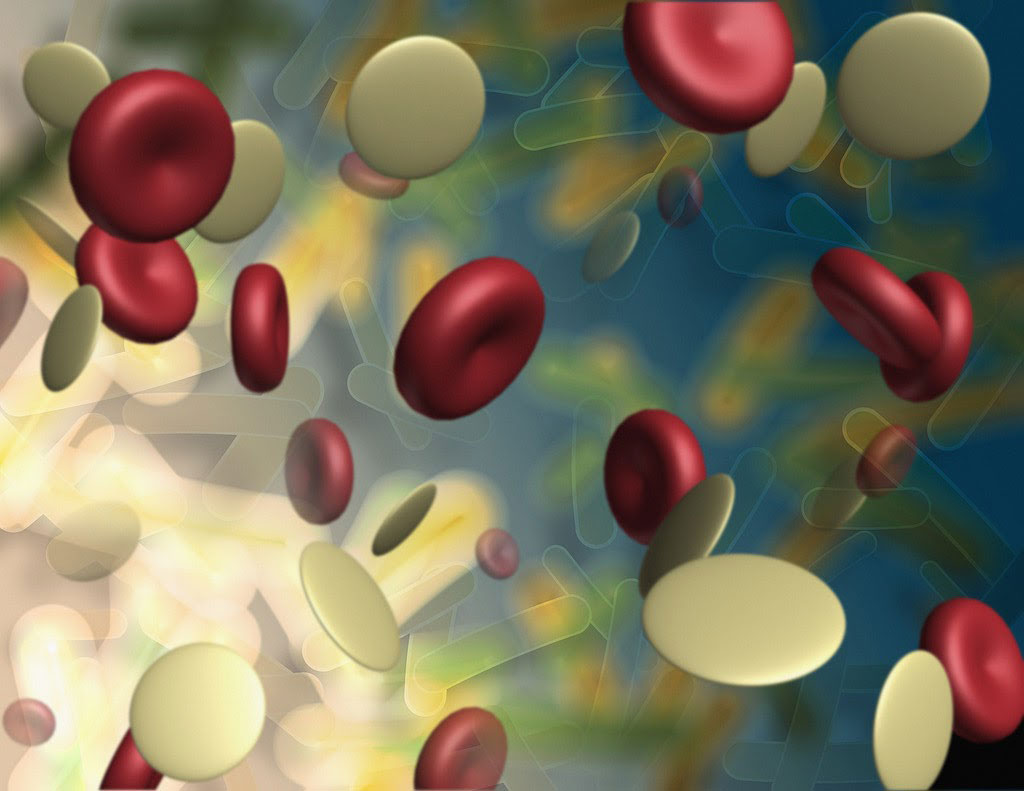 Platelets (thrombocytes) are blood cells whose primary function is to stop bleeding. More than 2.17 million platelet units from donors are required each year in the US to treat patients undergoing chemotherapy, organ transplantation and surgery, as well as for those needing blood transfusions after a major trauma. Of the four components derived from donated blood (red cells, platelets, plasma and cryoprecipitate), human blood platelets have the shortest shelf-life and must be used within 5 days of collection, compared to up to 42 days for red cells, and a year for plasma and cryoprecipitate. The 5-day limit on platelet storage makes maintaining a constant supply a persistent problem.
Platelets (thrombocytes) are blood cells whose primary function is to stop bleeding. More than 2.17 million platelet units from donors are required each year in the US to treat patients undergoing chemotherapy, organ transplantation and surgery, as well as for those needing blood transfusions after a major trauma. Of the four components derived from donated blood (red cells, platelets, plasma and cryoprecipitate), human blood platelets have the shortest shelf-life and must be used within 5 days of collection, compared to up to 42 days for red cells, and a year for plasma and cryoprecipitate. The 5-day limit on platelet storage makes maintaining a constant supply a persistent problem.
In a new paper published in the July 21, 2014 issue of the journal, Blood, scientists at Brigham and Women’s Hospital (BWH) announced the successful development of a scalable, next-generation platelet bioreactor capable of generating fully functional human platelets. The development is major biomedical advancement that will help address blood transfusion needs worldwide.
“The ability to generate an alternative source of functional human platelets with virtually no disease transmission represents a paradigm shift in how we collect platelets that may allow us meet the growing need for blood transfusions,” said Jonathan Thon, PhD, Division of Hematology, BWH Department of Medicine, lead study author.
Blood cells, such as platelets, are made in bone marrow. The bioreactor – a device that mimics a biological environment to carry out a reaction on an industrial scale – uses biologically inspired engineering to fully integrate the major components of bone marrow, modeling both its composition and blood flow characteristics. The microfluidic platelet bioreactor recapitulates features such as bone marrow stiffness, extracellular matrix composition, micro-channel size, and blood flow stability under high-resolution live-cell microscopy to make human platelets.
Application of shear forces of blood flow in the bioreactor triggered a dramatic increase in platelet initiation from 10 percent to 90 percent, leading to functional human platelets.
“By being able to develop a device that successfully models bone marrow represents a crucial bridge connecting our understanding of the physiological triggers of platelet formation to support drug development and scale platelet production,” said senior study author Joseph Italiano, Jr., PhD, Division of Hematology, BWH Department of Medicine, and the Vascular Biology Program at Boston Children’s Hospital.
In terms of next steps, the researchers would like to commence human clinical trials in 2017. “The regulatory bar is appropriately set high for blood products, and it is important to us that we show platelet quality, function and safety over these next three years since we’ll likely be recipients of these platelets ourselves at some point,” said Thon.
Source: Jonathan N. Thon et al. Platelet bioreactor-on-a-chip. Blood, July 2014 DOI: 10.1182/blood-2014-05-574913












[…] increasing restrictions on donors to prevent disease transmission. – Platelets have a very short shelf life of only five days compared with up to a year for blood plasma and some other blood components; this makes it very […]